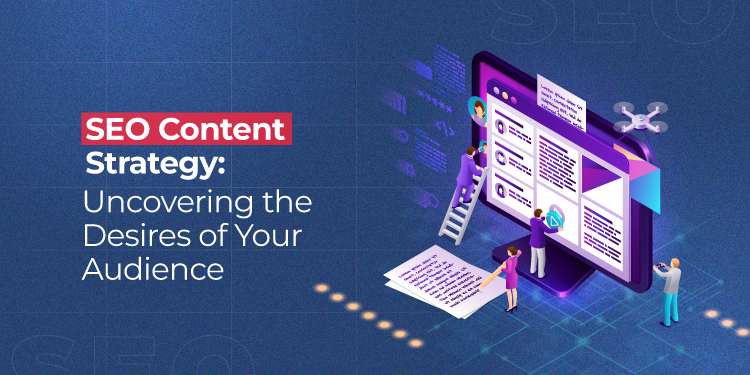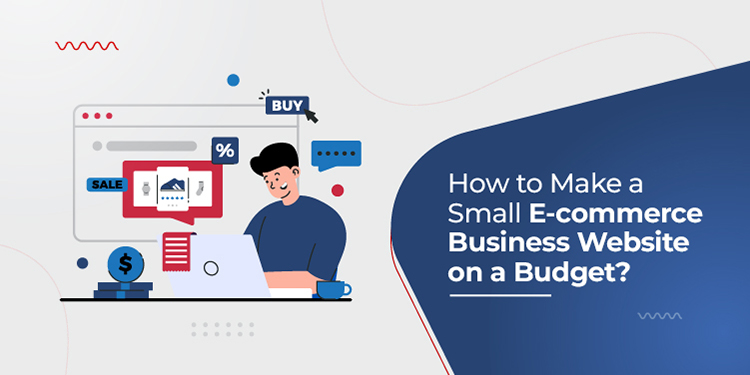On-page and off-page SEO are the most essential components of website optimization. Here are the important on-page factors that you need to look into, if you want to optimize your website correctly.
- On-page SEO
On-page SEO refers to the optimization of the website structure and content. The important on-page success factors and techniques are as below. These on-page SEO factors will increase the efficiency of your website performance.
- Crawlable website
Search engines like Google, crawl the web pages and index them into database to display the most prominent results to their users.
- Site architecture
Site structure is one of the first thing you need to think about when starting a website, as it can be difficult to edit later. A good website structure is required for the page to be understandable by users as well as search engines. If you have thousands of pages on the website, then you can add a sitemap which is an XML file that consists of all webpage URLs on a website.
- Quality outbound links
Outbound links are the those that connect to another domain from your website. Outbound links are also known as external links.
- Website speed
Website Page loading speed is another ranking factor. In the current day, nobody is ready to wait for the data to load, when there are way quicker options available. When you open a webpage and have you waited for more than 3 seconds? Then you would have definitely clicked the ‘Back to’ and looking for a different website. Google collects these ranking signals and adds them to their algorithm.
- Mobile friendly
Mobile-first indexing indicates Google mostly uses the mobile version of the content for indexing and ranking. Nowadays, the best solution for SEO and analytics is using a responsive version.
- Use of HTTPS
Google declared that HTTPS as a ranking signal. In other way, having a secured website with an SSL certificate can support you to rank better. An unsecured website can make a negative impact on users and Google.
- User-friendly URLs
SEO-friendly URLs are created to satisfy the requirements of users. Usage of short URLs is easy to get and considered as user-friendly URLs.
- Well-targeted content
Targeted content is designed for a specific niche-related audience to make a precise response from that area.
- Keyword Optimization
Keyword optimization is the process of optimizing a website with organic keywords. In this case, we use keywords in different areas of a website like heading tags, title tag, alt text, image name, URL, anchor-text, content, etc.
- Image optimization
Add an alt text to every image on your website, this will increase your website ranking performance. Googlebot may not be able to extract information about non-text file types such as images, video, etc., they only read text formats. So, that concludes the importance of having an alt text to every image.
- Readability and UX
An impressive and quality factor for a content is the length and readability, which deals with the simplicity of words, clarity of sentences and the natural structure of the text blocks. The balanced length of the line, makes the text more readable and edible for users.
- Click-through rate
In organic SEO, the click-through rate is a measured metric where you can identify how many users have viewed your page, and also clicked through to the webpage.


















